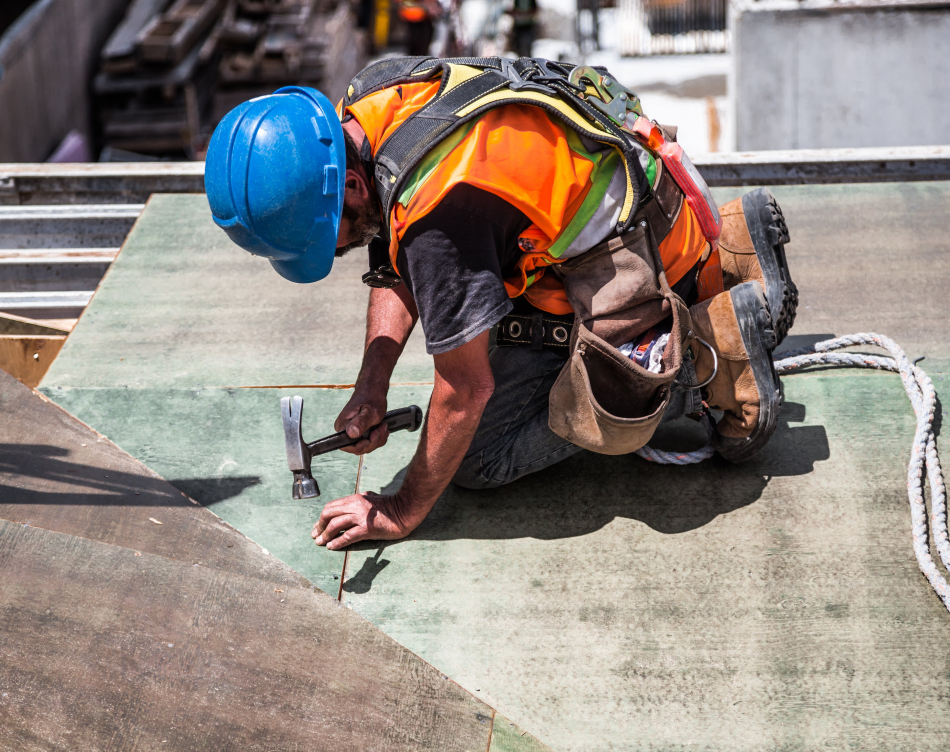Vas zanima študij pri nas?
Izpolnite spodnji obrazec za prijavo v program. V roku enega dneva vam bomo posredovali vse potrebne informacije o vpisu.
Construction & Civil Engineering

Construction and modernisation of infrastructure play a key role in an undisturbed course of social processes and general advancement of society. Continuous modernisation of contemporary methods of construction is, therefore, a very important priority, which is constantly encouraged by high demand on a very competitive construction industry market.
More complex methods often seem less economical, but they occasionally prove to be the only way of carrying out a project. Sometimes, they even turn out to be the more economical choice, despite the initial cost calculations.
The purpose of this thesis was to compare undercutting with a pneumatic needle to radio-guided undercutting on a practical case from several different perspectives. Both methods are technologies, which enable construction of infrastructure without any major environmental interference, because the installation of infrastructure is done underground using drilling tools and dragging of infrastructural elements.
Radio-guided undercutting mostly enables horizontally and vertically curved undercutting, which reduces the need for construction pits and enables guiding the cut around possible natural and manmade obstacles.
With radio-guided undercutting we can install infrastructural elements in grounds with natural obstacles, which would interfere with a straight cut, as well as place them inside already existing infrastructural elements.
In the purpose of comparing the two methods, we did a comparative analysis with alternative technology, regarding procedure, equipment and advantages and disadvantages in a specific case. We conducted a case study on undercutting in order to build plumbing under a river, in which we calculated cost and time for both alternative methods.
The results were used to illustrate advantages of radio-guided undercutting in more complex projects. We found out that the choice of the most appropriate technology depends on a specific case of undercutting and can, therefore, not be decided based on universal guidelines.
Even though undercutting with a pneumatic needle costs less, that is not always the case when it comes to bigger and more complex projects. In projects that require a lot of cutting, it is better to use more expensive technology, which eliminates the need for other extensive construction work and saves time as well.
The technology overview also shows us that we can use radio-guided undercutting for guiding different tools and explains that the cutting capacity is based on the technology we use, not the radio-guided technology itself.